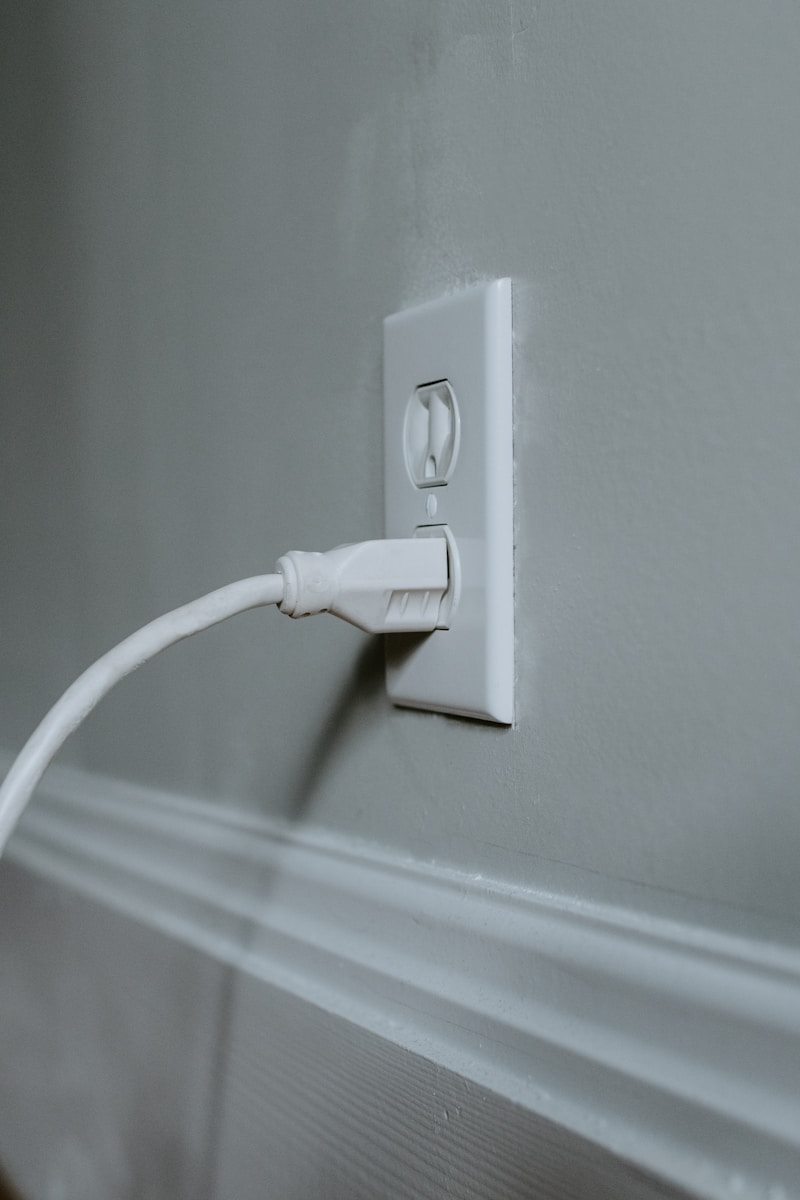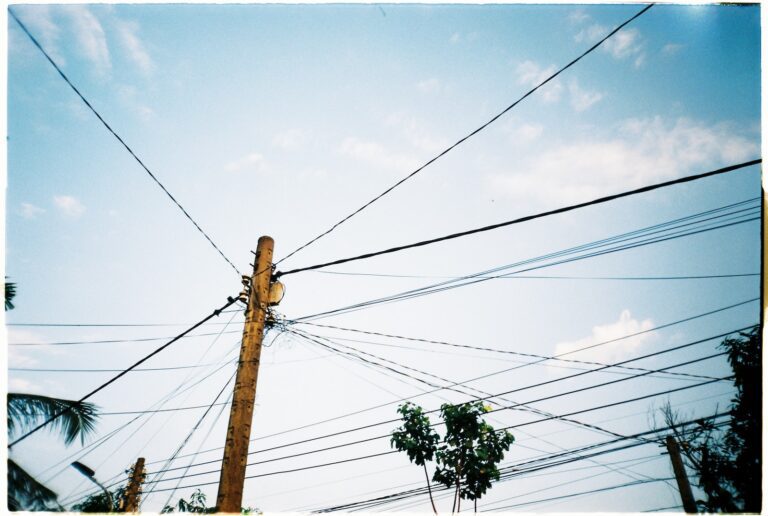Are Electric Bills Higher In Mobile Homes?
According to the US Energy Information Administration (EIA), the average monthly electric bill for a residential customer in the United States was about $111 in 2020. But, is this amount higher for those who live in mobile homes? Let’s find out.
Understanding Mobile Homes
Mobile homes, also known as manufactured homes, are structures that are built off-site in a controlled factory environment and then transported to a permanent location. They are typically considered a more affordable housing option compared to traditional stick-built homes.
How Does Living in a Mobile Home Affect Electric Bills?
There are several factors that can contribute to higher electric bills in mobile homes, including the age and size of the home, the location, and the appliances and equipment used.
Size Matters
Mobile homes are generally smaller than traditional homes, which means they have the less square footage to heat and cool. However, the smaller size can also lead to higher electric bills if the appliances and equipment used are not energy-efficient. For example, if a mobile home is equipped with older appliances and lighting fixtures, it will likely consume more energy and result in higher electric bills.
Location, Location, Location
The location of a mobile home can also have an impact on electric bills. Homes located in areas with hot climates will likely have higher bills due to the increased use of air conditioning. Similarly, homes located in colder regions may have higher bills due to increased heating costs.
Energy-Efficient Upgrades
To reduce electric bills in mobile homes, homeowners can make energy-efficient upgrades. This can include replacing older appliances and lighting fixtures with Energy Star-rated products, adding insulation, and sealing air leaks. These upgrades can significantly reduce energy consumption and lower electric bills.
Comparing Electric Bills in Mobile Homes and Traditional Homes
It’s difficult to make a direct comparison between electric bills in mobile homes and traditional homes, as there are many factors that can affect energy consumption and costs. However, according to the EIA, the average monthly electric bill for a residential customer in the United States was about $111 in 2020. While some mobile homeowners may pay more or less than this amount, it’s important to consider the individual circumstances and factors that can impact electric bills.
Conclusion
In conclusion, while there are several factors that can contribute to higher electric bills in mobile homes, many of these factors can be addressed through energy-efficient upgrades. Whether you live in a mobile home or a traditional home, it’s important to take steps to reduce energy consumption and lower your electric bills. By making simple changes, such as upgrading to energy-efficient appliances and sealing air leaks, you can reduce your energy costs and keep more money in your pocket.




